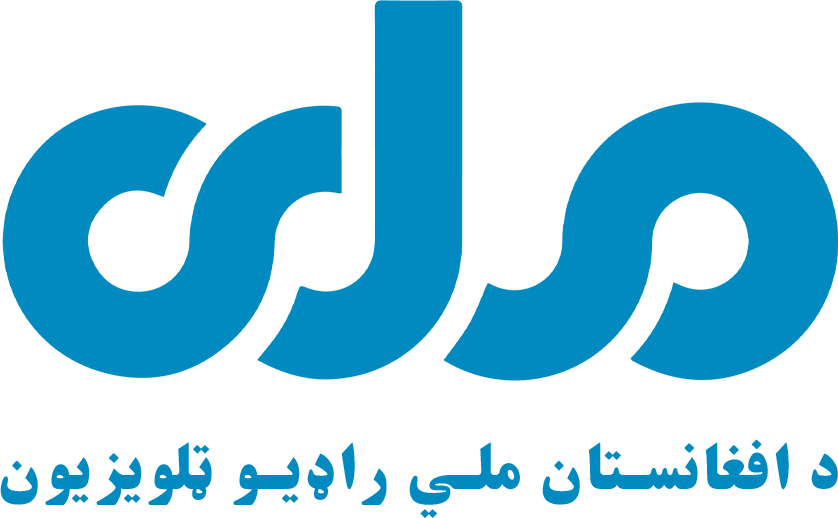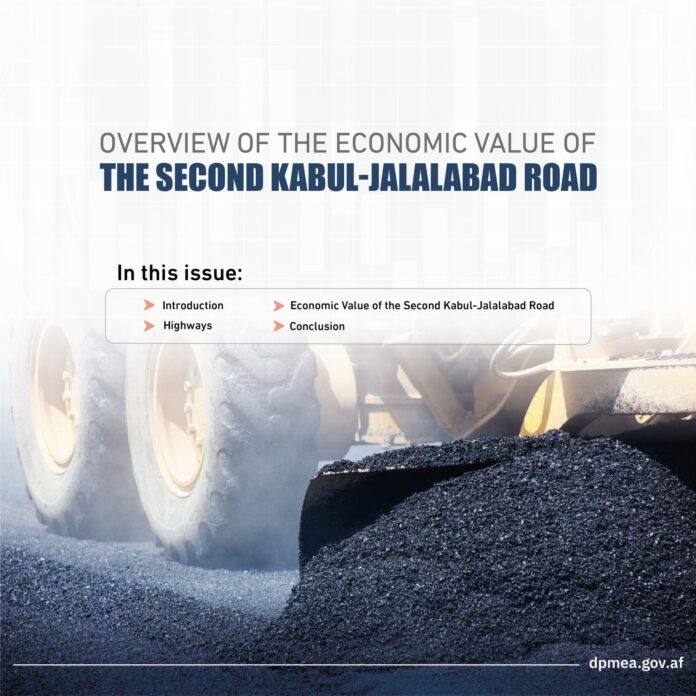Overview of the Economic Value of the Second Kabul-Jalalabad Road/ Deputy PM for Economic Affairs
Introduction
For effective trade and transit, there is a strong need for well-constructed infrastructure, such as highways, roads, railways, and transport networks.
Trade and transit are crucial to economic growth, and without the necessary transport infrastructure, a country’s prosperity and economic development are unlikely to progress.
Recognizing this, the Islamic Emirate of Afghanistan aims to rebuild or even newly construct all major and critical highways to improve Afghanistan’s land-based transit system and address existing transportation issues.
Once these roads are constructed, Afghanistan will be equipped with a reliable transport system, contributing to self-sufficiency and economic growth.
Among these significant highways is the Second Kabul-Jalalabad Road, which holds substantial economic value.
Highways
Afghanistan’s strategic location in central Asia, connecting six key countries, provides significant opportunities.
Despite being landlocked, Afghanistan could link South Asia, the Middle East, Central Asia, and Chinese markets as a transit and transportation hub.
However, realizing this potential requires the development of necessary infrastructure.
For effective transport of goods and continued transit, highways and roads must meet international standards. Such roads will allow Afghan products to reach international markets faster and at lower costs, ease travel, expand trade, and generate increased revenue from transit activities.
Afghanistan has historically served as a transit route for ancient trade routes like the Silk Road and Lapis Lazuli Corridor. The country has several critical transit routes, including Kabul-Kandahar, Kandahar-Uruzgan, Salang, Pul-e-Khumri-Sheberghan, Kandahar-Herat-Torghundi, Herat-Islam Qala, Delaram-Zaranj, and Kabul-Jalalabad.
Currently, the Second Kabul-Jalalabad Road is also being developed. Here, we explore its economic significance.
Economic Value of the Second Kabul-Jalalabad Road
Afghanistan’s geographic location means that the country does not have direct access to the sea, making trade connections with neighboring and regional countries essential.
Given this reality, the leadership of the Islamic Emirate has resolved to expand land-based trade relations. Roads are the most fundamental factor in achieving these connections.
One of these essential roads is the Second Kabul-Jalalabad Road, which was initiated on October 26, 2024.
This highway connects multiple Afghan provinces to eastern Afghanistan, and eventually links the country to South Asia through Torkham, increasing its economic potential significantly.
First, it will facilitate the transport of Afghan agricultural products and domestic goods to regional markets at reduced time and cost.
Second, transit volume through Afghanistan will increase, benefitting regional countries as well.
Third, constructing this road will create employment opportunities and enhance local businesses along the route, improving the local economy.
Additionally, it will reduce traffic congestion on the Kabul-Jalalabad highway.
In the inauguration ceremony, Mullah Abdul Ghani Baradar, the Deputy Prime Minister for Economic Affairs, highlighted the economic significance of this highway, emphasizing that Nangarhar is a critical border and trade province of Afghanistan, playing a vital role in both domestic and regional trade.
The Second Kabul-Jalalabad Road will significantly contribute to strengthening the national economy.
Improved transport between these two majors economic, commercial, and transit cities will not only support domestic trade but also foster trade relations with regional and global markets.
In short, constructing the Second Kabul-Jalalabad Road will expand trade, boost transit, and accelerate economic growth.
Conclusion
Achieving economic self-sufficiency necessitates a robust and modernized land transportation system. Roads are a key component of this system.
The Islamic Emirate has recognized the needs in this sector and has begun work accordingly. Examples of ongoing projects include the Kabul-Kandahar, Salang, Kandahar-Uruzgan, Herat-Ghor, and the Kabul-Ghazni Second Lane highways.
These projects are underway, aiming to be completed on schedule and with high quality to maximize benefits. Now, the Kabul-Jalalabad Second Lane Highway is also under construction.
This economically valuable highway will contribute to both trade and transit, ultimately enhancing Afghanistan’s economic growth and helping establish a self-sustaining national economy.


